Neuroscience

Neurotransmitter receptors function via various G-protein coupled and G-protein independent mechanisms that activate downstream intracellular signaling pathways such as cAMP/PKA, PI3K/AKT, phospholipase A2, and phospholipase C pathways. For instance, dopamine receptors act through adenylate cyclase to activate PKA and other signaling molecules, thereby mediate gene expression through the actions of CREB and other transcription factors. Other neurotransmitters such as NMDAR or AMPAR are associated with ion channels that control flux of Ca2+ and Na+, thus propagating the action potential across the post-synaptic neuron.
Dysfunctions in GABAergic/glutamatergic/serotonergic/dopaminergic pathways result in a broad range of neurological disorders such as chronic pain, neurodegenerative diseases, and insomnia, as well as mental disorders including schizophrenia, bipolar disorder, depression, and addiction.
-
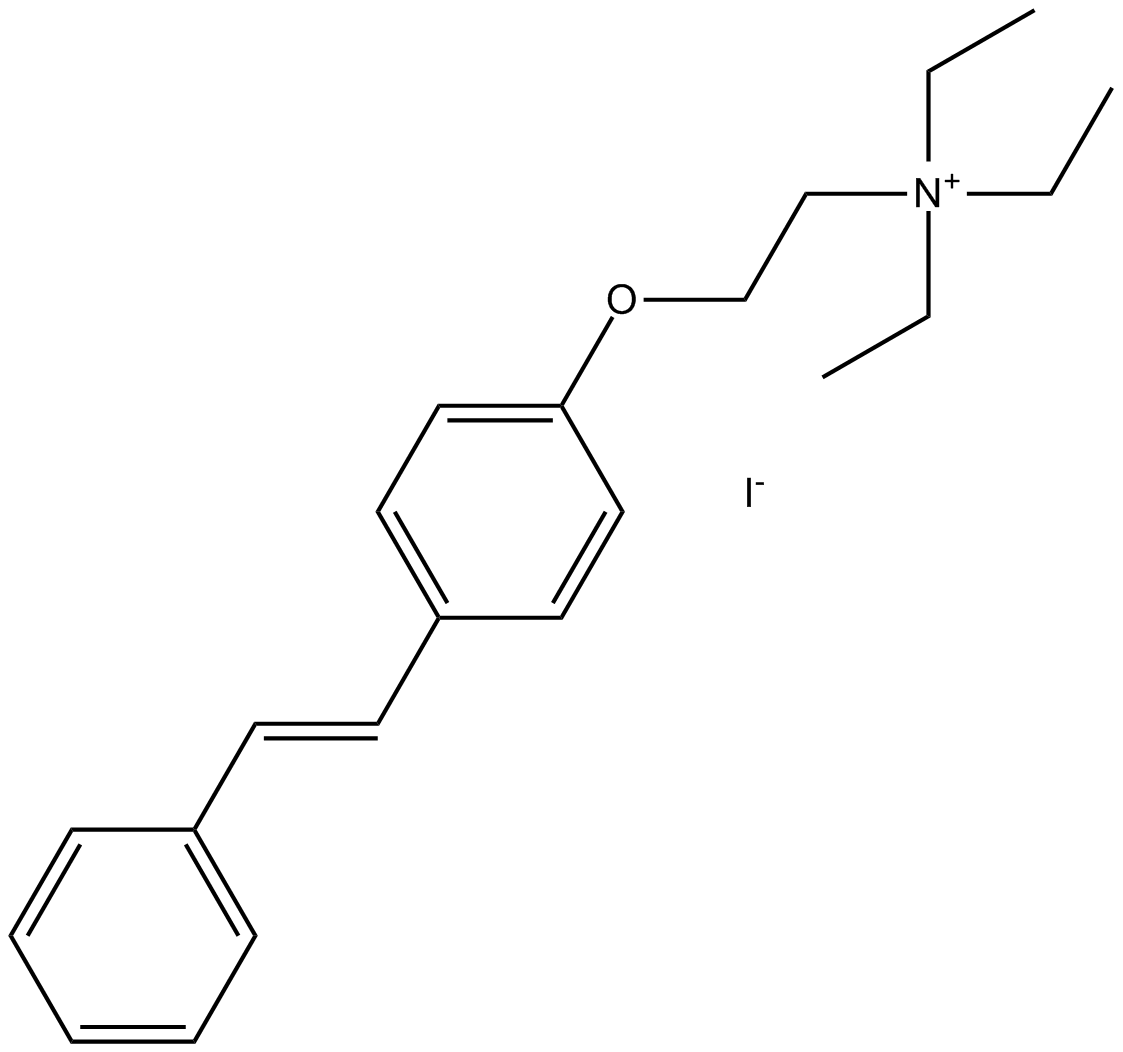 B6701 MG 624Summary: neuronal α7 nAChR antagonist
B6701 MG 624Summary: neuronal α7 nAChR antagonist -
 B6702 U 99194 maleateSummary: D3 antagonist
B6702 U 99194 maleateSummary: D3 antagonist -
 B6706 UBP1112Summary: group III mGlu receptor antagonist
B6706 UBP1112Summary: group III mGlu receptor antagonist -
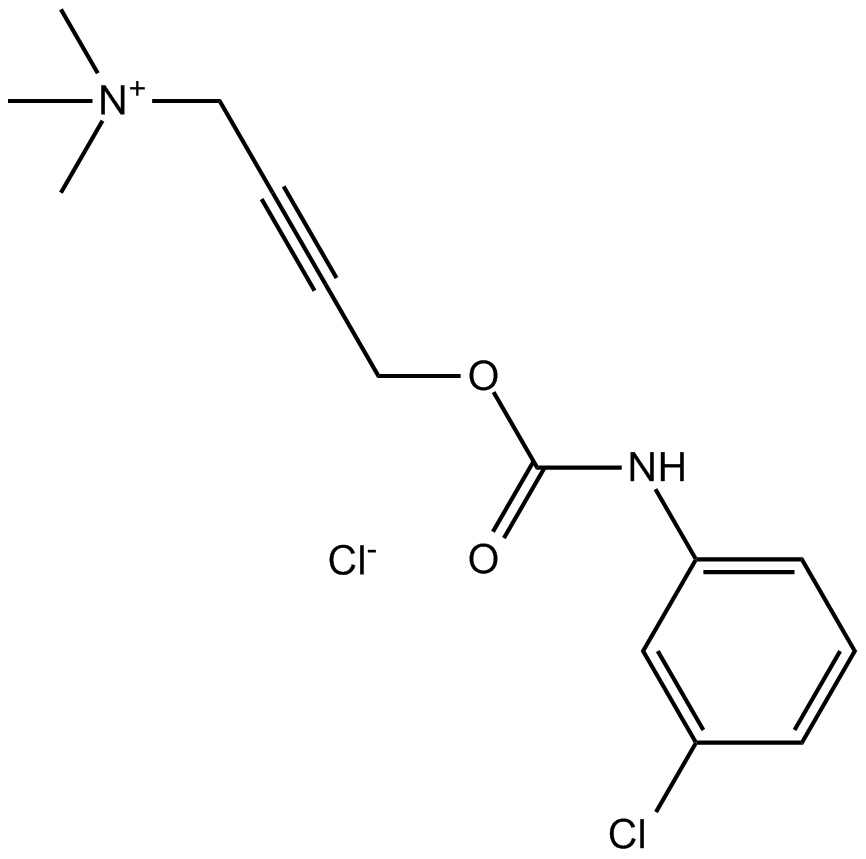 B6715 McN-A 343Summary: muscarinic M1 receptor agonist
B6715 McN-A 343Summary: muscarinic M1 receptor agonist -
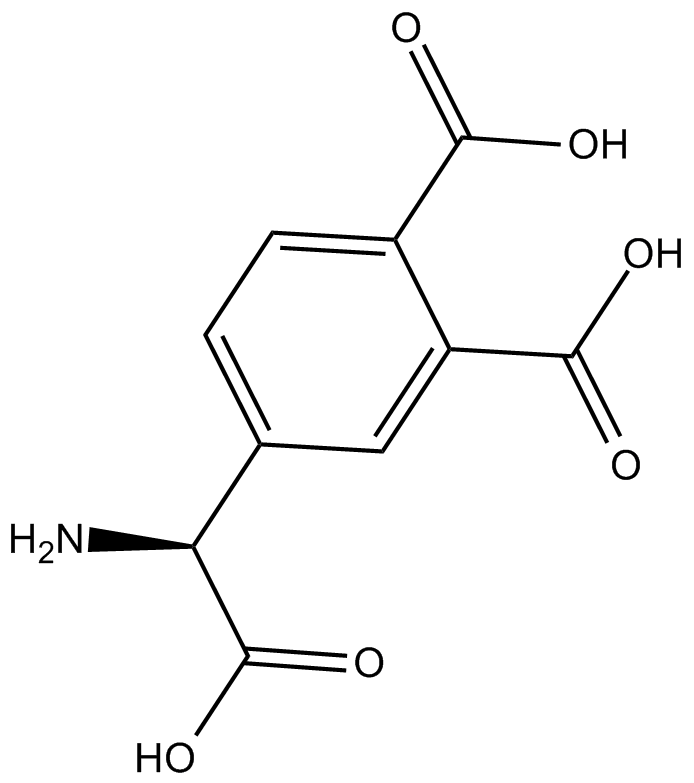 B6718 (RS)-3,4-DCPGSummary: antagonist of AMPA receptors and agonist of mGluR8
B6718 (RS)-3,4-DCPGSummary: antagonist of AMPA receptors and agonist of mGluR8 -
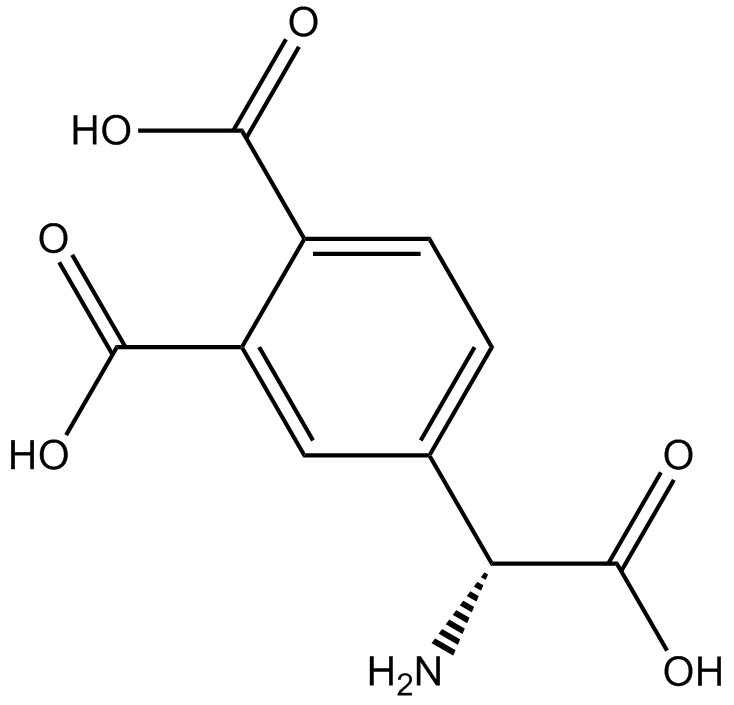 B6719 (R)-3,4-DCPGSummary: AMPA receptor antagonist with weak activity at NMDA receptors and little activity at kainate receptors
B6719 (R)-3,4-DCPGSummary: AMPA receptor antagonist with weak activity at NMDA receptors and little activity at kainate receptors -
 B6734 (S)-(+)-Dimethindene maleateSummary: M2 muscarinic receptor antagonist
B6734 (S)-(+)-Dimethindene maleateSummary: M2 muscarinic receptor antagonist -
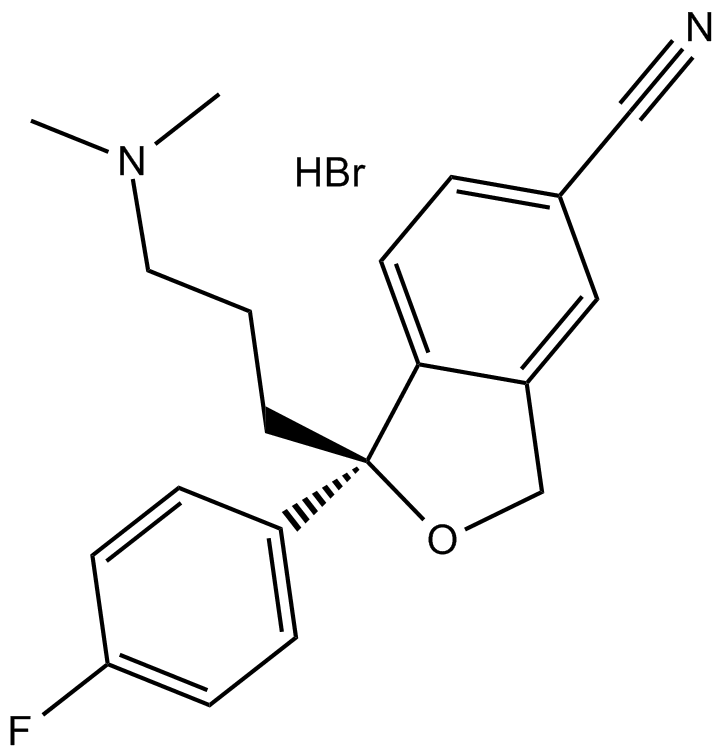 B6736 Citalopram hydrobromideSummary: 5-HT uptake inhibitor
B6736 Citalopram hydrobromideSummary: 5-HT uptake inhibitor -
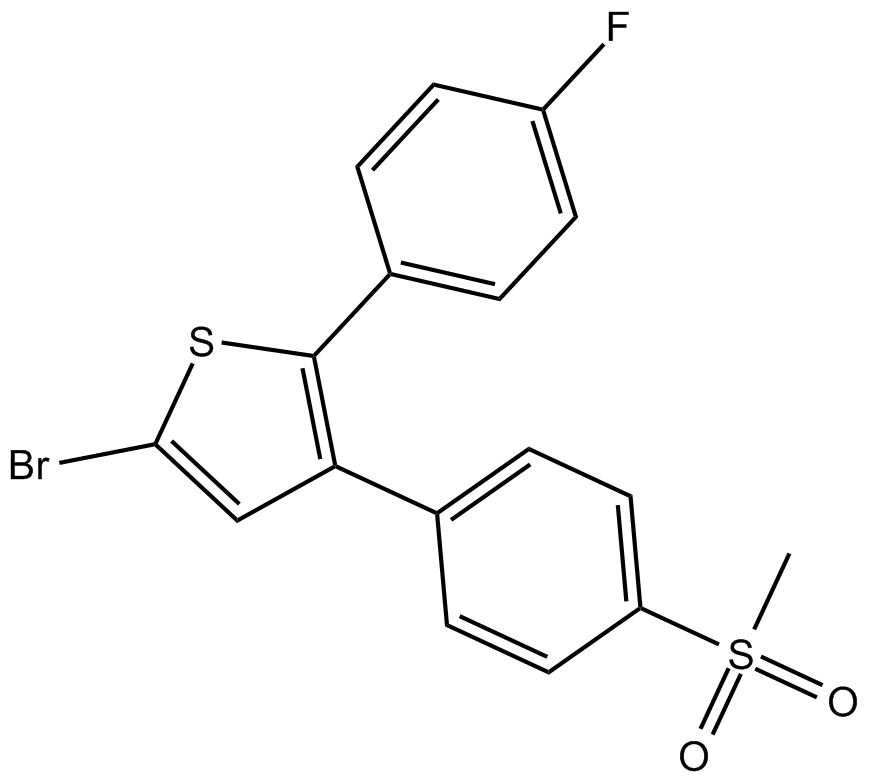 B6737 DuP 697Summary: cyclooxygenase-2 inhibitor
B6737 DuP 697Summary: cyclooxygenase-2 inhibitor -
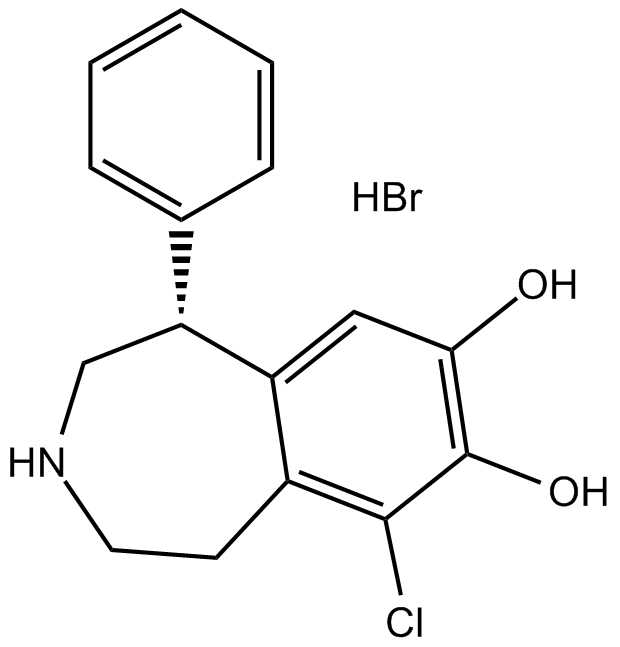 B6744 SKF 81297 hydrobromideSummary: A selective dopamine D1-like receptor agonist
B6744 SKF 81297 hydrobromideSummary: A selective dopamine D1-like receptor agonist

